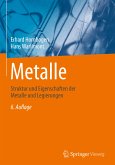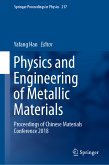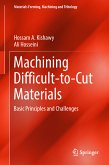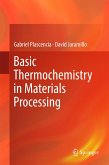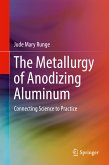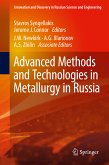In this successor edition, which has been revised and updated, engineering problems associated with critical spacecraft hardware and the space environment are highlighted by over 500 illustrationsincluding micrographs and fractographs. Space hardware captured by astronauts and returned to Earth from long durations in space are examined. Information detailed in the Handbook is applicable to general terrestrial applications including consumer electronics as well as high reliability systems associated with aeronautics, medical equipment and ground transportation. This Handbook is also directed to those involved in maximizing the relia
bility of new materials and processes for space technology and space engineering. It will be invaluable to engineers concerned with the construction of advanced structures or mechanical and electronic sub-systems.
Dieser Download kann aus rechtlichen Gründen nur mit Rechnungsadresse in A, B, BG, CY, CZ, D, DK, EW, E, FIN, F, GR, HR, H, IRL, I, LT, L, LR, M, NL, PL, P, R, S, SLO, SK ausgeliefert werden.
"Multiple appendices are provided to support the main textbook. These include material properties, very comprehensive lists of metal alloy composition data and an extensive glossary of terms. ... this book provides an immense reference resource. ... it can provide interesting and informative reading for a general materials researcher, as well as specific information for addressing a more targeted enquiry. A very useful book to have available when developing andtesting spacecraft equipment." (Dr. Jenny Kingston, The Aeronautical Journal, October, 2017)
"I strongly recommend Dunn's book as a resource for all working in spacecraft materials and assembly and other related fields. It provides a vast amount of information plus a consistent approach that would be hard to find in a web search. ... Armed with Dunn's book, any materials researcher working on spacecraft will be off to a good start toward developing a reliable and high-performance vehicle." (Karen Swider Lyons, MRS Bulletin, Vol. 42 (4), April, 2017)



